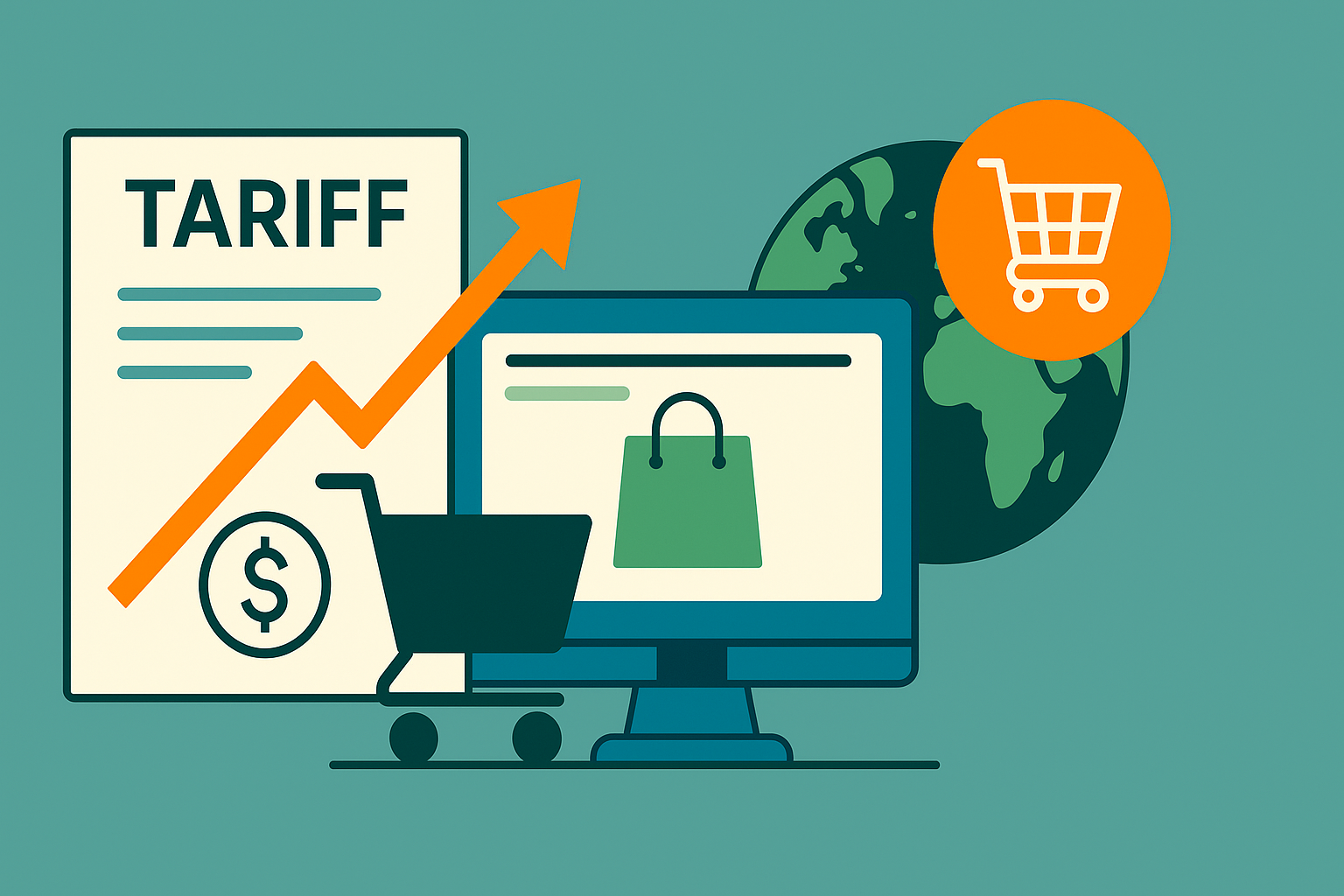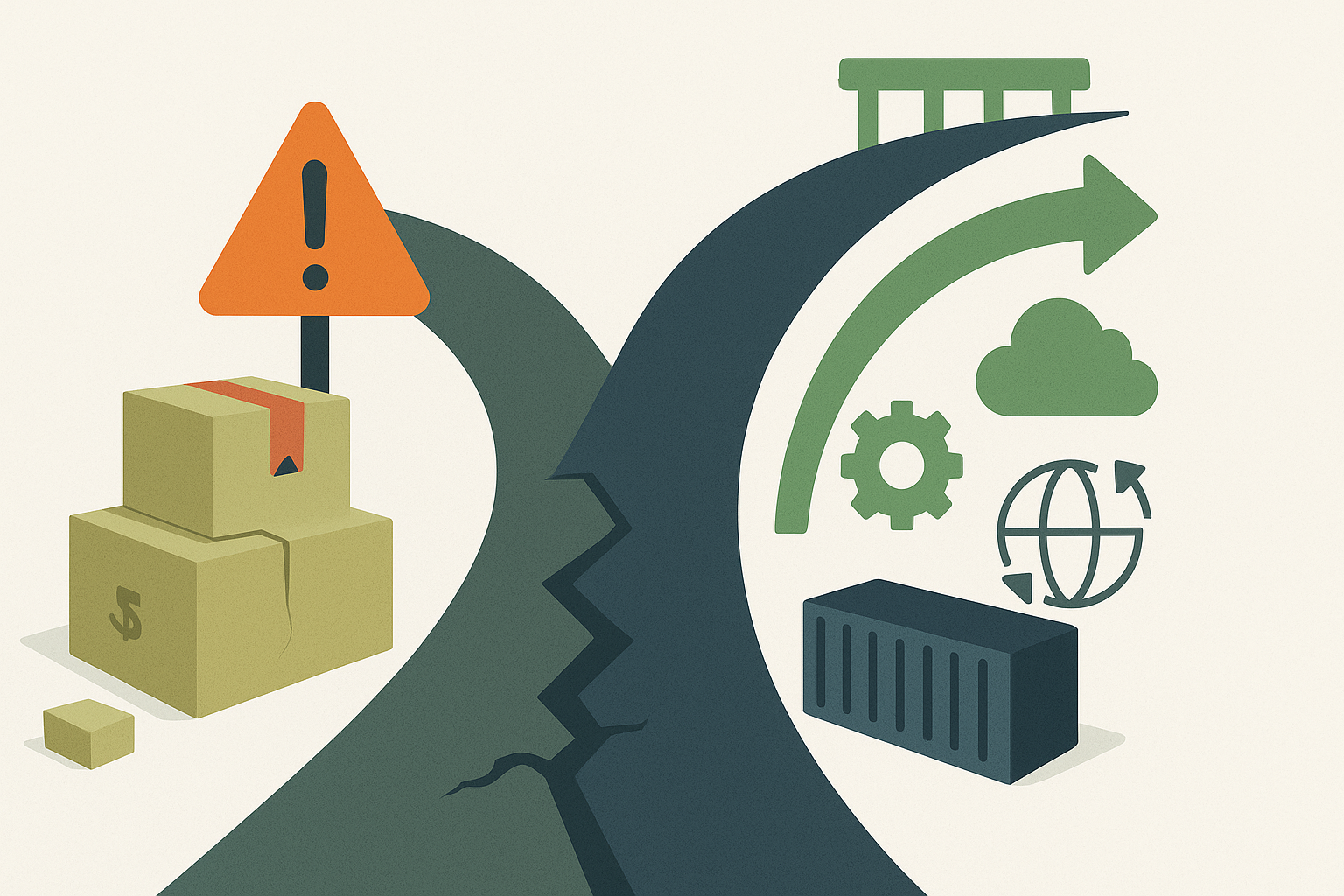Borrow the Shelf, Build the Store: A Smarter Take on B2B Channel Strategy
In B2B, how you get your product into customers’ hands isn’t just a go-to-market tactic—it’s a business model decision. And like most business model decisions, it shapes everything: your margins, your brand, your customer relationships, and your long-term defensibility.
So the classic question:
Should B2B companies focus on marketplaces or build a direct channel?
The short answer: yes.
The smarter answer: start by borrowing the shelf, but work toward building the store.
Let’s talk about what that actually means—and why the answer isn’t either/or, but when and how.
Marketplaces: The Borrowed Shelf That Gets You in the Door
Marketplaces are like setting up shop in someone else’s department store.
The foot traffic’s already there. People are browsing, comparing, buying. You just need to show up, stock your shelf, and play by the house rules.
Platforms like Amazon Business, Alibaba, Faire, and niche vertical marketplaces can be a godsend—especially if:
- You’re launching something new and need signal fast.
- You don’t have an audience yet.
- You want reach without rebuilding the wheel.
They deliver:
- Speed to shelf — no need to build infrastructure or generate traffic from scratch.
- Built-in credibility — being listed alongside known players reduces friction.
- Early traction — you can move product while still building out the rest of your operation.
But make no mistake: you’re not owning anything here.
You’re renting. And the landlord always gets paid.
Marketplaces limit:
- Your margins — yes, there are no sales reps or big tech costs up front, but the take rates (commissions, placement fees, etc.) eat into profits fast.
- Your data access — you get just enough to ship the product, but not enough to build a real relationship.
- Your brand presence — you’re in a sea of sameness, and the platform controls the UX.
And if you start winning? Great—until the platform notices and starts featuring a cheaper substitute. Ask any vendor who’s watched their best-selling SKU turn into a white-label lookalike overnight.
Direct Channel: Build the Store, Own the Game
Having your own direct channel is like building a flagship store on your own terms. You pick the neighborhood, you design the experience, and most importantly—you own the relationship.
That doesn’t mean it’s easy. It’s not.
You’re on the hook for:
- Traffic.
- Technology.
- Customer acquisition.
- Customer retention.
And yes, there are still third-party costs.
Just because you’re “direct” doesn’t mean you’re not paying anyone. Platforms like Shopify, BigCommerce, Stripe, or even your CRM stack are all taking a slice—sometimes per transaction, sometimes monthly, often both.
But here’s the difference: you choose the stack. You control the checkout, the branding, the upsell paths, the experience. You decide whether you’re optimizing for conversion, LTV, AOV, or loyalty—and you get the data to actually do it.
What you gain:
- Higher margins (relatively speaking) — there are still platform costs, but they’re predictable and often lower than marketplace commissions.
- Customer data + behavioral insights — so you can segment, personalize, and nurture.
- Brand leverage — you’re not one tile in a product grid; you’re the storefront, the message, and the experience.
It’s not about bypassing cost—it’s about buying control.
So, Where Should You Focus?
Borrow the shelf when you need speed. Build the store when you want leverage.
Use marketplaces when:
- You’re launching and need reach now.
- You’re testing pricing, messaging, or product-market fit.
- You don’t have the team (yet) to build and run a direct channel well.
Invest in direct when:
- You’ve validated that people want what you’re selling.
- You want better margins and full visibility into your funnel.
- You’re playing a long game and care about defensibility, LTV, and brand equity.
The Most Strategic B2B Brands Do Both—But With Intention
This isn’t about picking one side forever.
It’s about understanding what each channel gives you—and what it costs you.
Use marketplaces to generate velocity. Use your direct channel to build equity.
Here’s a smarter hybrid play:
- Acquire through marketplaces. Let them do what they do best—bring traffic.
- Convert to owned. Use inserts, post-purchase emails, or white-glove onboarding to bring high-value buyers into your ecosystem.
- Retain and expand direct. Once they’re in your world, you’re in control—and that’s where the compounding begins.
The most dangerous thing? Staying stuck in one channel just because it worked early on.
TL;DR
| Borrow the Shelf (Marketplace) | Build the Store (Direct Channel) |
|---|---|
| Fast to launch | Slower to ramp |
| Lower barrier to entry | Higher upfront investment |
| Built-in traffic | You own acquisition |
| Lower control, lower margins | More control, better margins (eventually) |
| Transaction-focused | Relationship-focused |
| You rent the customer | You own the customer |
Final Word
Borrowing a shelf is smart. It gets you in the room.
But if you want to build something defensible—something with margin, relationship, and brand equity—you eventually need to build the store.
Because at some point, shelf space becomes a constraint.
And owning the store? That’s how you grow on your terms.
Contributors
-

Fahad Sheikh
writer
Head of Growth and Product


